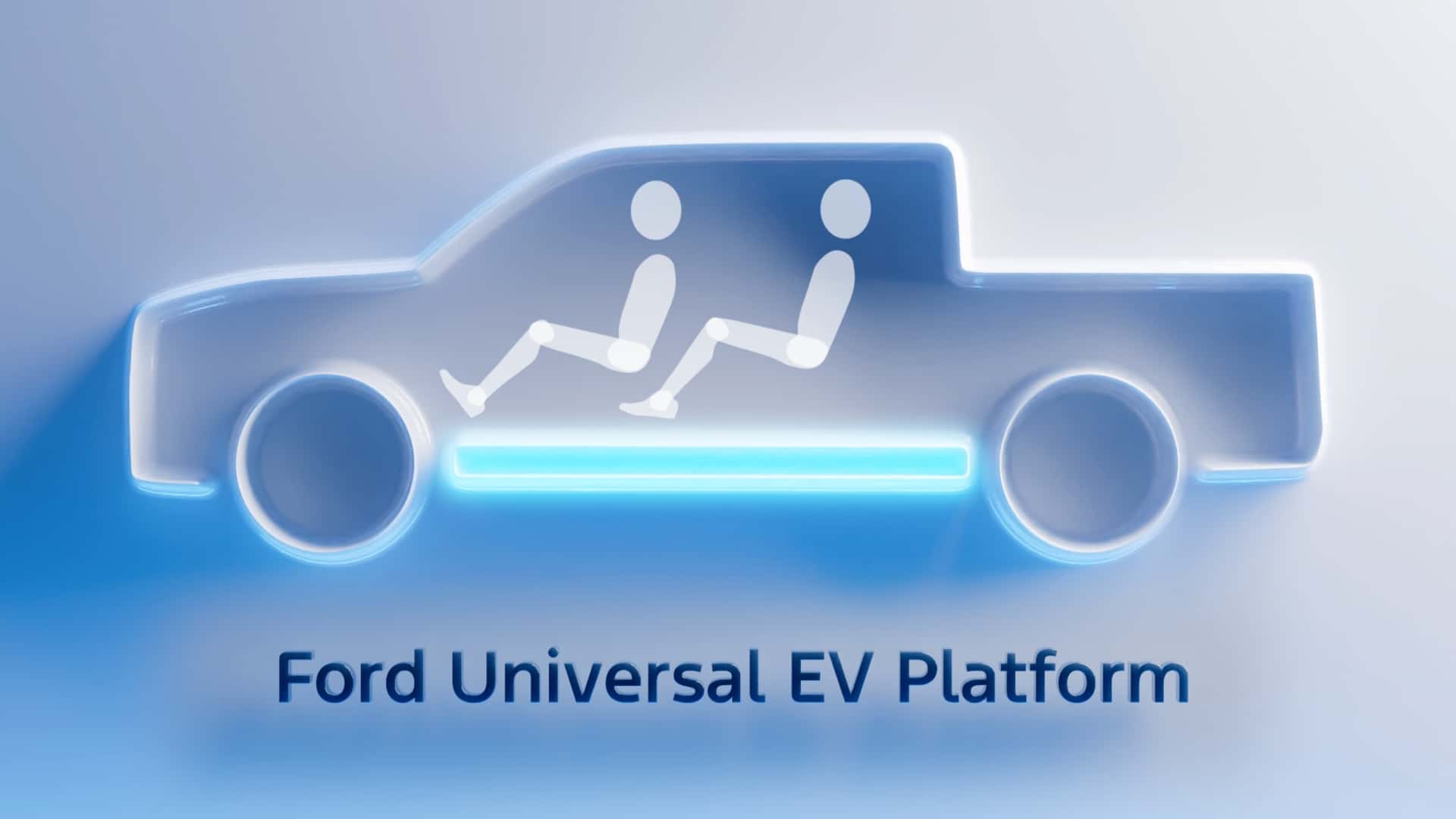Ford Claims Towing Is 'Much Less Important' for Its $30,000 EV Pickup

Ford's Affordable EV Pickup: A New Approach to Electric Vehicles
Ford is taking a different approach with its new affordable electric pickup truck. Instead of focusing on high towing capacity or maximum range, the automaker is prioritizing affordability and practicality for everyday users. This strategy reflects a shift in how automakers are thinking about electric vehicles (EVs) and what consumers truly need.
The vehicle is priced at $30,000, making it one of the most affordable options in the EV market. However, this price point comes with certain trade-offs. Rather than including a large battery or heavy-duty towing capabilities, Ford has designed the truck to meet the needs of average buyers who may not require these features regularly.
This decision stems from extensive research into customer behavior. Ford’s development team, led by Alan Clarke, found that many truck owners rarely use their vehicles for towing or hauling. In fact, less than 25% of Maverick owners have towed anything at all during the life of their vehicle. This data highlights a key insight: many people buy trucks for specific tasks but don’t actually use those tasks often.
Clarke compared this situation to families buying seven-seater SUVs for occasional use. While these vehicles are equipped with three rows of seats, most people never use the third row. Similarly, Ford is designing its new EV pickup to be versatile without overcomplicating it with unnecessary features.
The Role of Telematics in Vehicle Design
To better understand customer needs, Ford is leveraging telematics from its connected cars. This data helps the company analyze driving habits, charging patterns, and vehicle usage. By studying this information, Ford can make informed decisions about battery size, range, and other critical features.
According to Clarke, the new pickup will likely come with around 51 kilowatt-hours of usable energy. This is slightly less than the Tesla Model 3 RWD, which has an estimated 60 kWh. However, the smaller battery allows Ford to keep the vehicle affordable while still meeting the needs of most users.
Clarke emphasized that range is another "third-row seat" — something that many customers may not need but expect. He explained that the focus is on cost-effectiveness rather than maximizing range. This means encouraging drivers to charge their vehicles fully before each trip, as the battery technology used in the truck may not support fast charging.
Catering to Lifestyle Needs
Rather than targeting traditional truck buyers, Ford is positioning the new EV pickup as a lifestyle vehicle. It is designed to enable adventures and provide utility for everyday use. Clarke noted that many EV buyers are looking for more practicality and versatility, which this vehicle aims to deliver.
“This isn’t just about being able to tow a trailer or haul materials,” said Clarke. “It’s about being able to go on an adventure, bring the stuff you want with you, and do things that matter to you.”
By focusing on affordability and real-world usage, Ford is addressing a growing demand in the EV market. Consumers are increasingly looking for vehicles that offer value without unnecessary features. This approach could help Ford attract a broader audience and differentiate itself from competitors.
A Strategic Move for the Future
Ford’s decision to skip the "third-row seat" in its EV pickup is a strategic move that aligns with current consumer trends. By avoiding over-engineering and focusing on practicality, the automaker is creating a vehicle that meets the needs of the average buyer without compromising on cost.
This strategy also allows Ford to remain competitive in a rapidly evolving market. As more automakers enter the EV space, differentiation through affordability and targeted design will be crucial. Ford’s new pickup represents a step in that direction, offering a balance between performance, cost, and usability.
In conclusion, Ford’s affordable EV pickup is not just a vehicle — it’s a reflection of changing consumer priorities. By focusing on what users actually need, Ford is setting a new standard for electric vehicles that prioritize practicality over excess.

Comments
Post a Comment